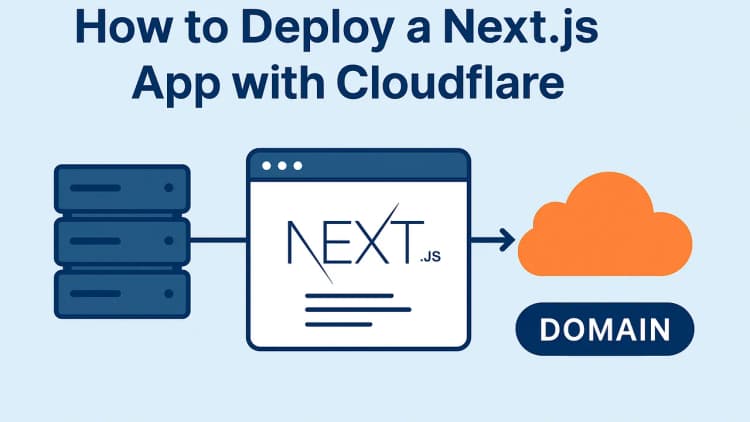When it comes to web applications, performance is everything. A faster, leaner website can make or break user engagement. That’s where optimized media formats like WebM, WebP, and Ogg come into play. These modern formats are designed to deliver high-quality media with reduced file sizes, helping web developers build faster, more efficient applications. Let’s dive into why these formats are essential, and how tools like FFmpeg and ImageMagick can help you integrate them seamlessly.
What Are WebM, WebP, and Ogg?
- WebM (Video): WebM is an open, royalty-free video format developed by Google. It is specifically designed for web delivery, offering excellent video quality at lower bitrates compared to legacy formats like MP4 (H.264).
- WebP (Image): WebP is a modern image format also created by Google. It supports both lossy and lossless compression, as well as transparency, making it a versatile replacement for JPEG, PNG, and GIF.
- Ogg (Audio): Ogg is an open-source audio format known for its efficiency and high-quality sound reproduction. It’s an excellent alternative to MP3 and AAC for web audio.
Why Use These Formats?
1. Reduced File Sizes for Faster Load Times
- WebP images are, on average, 25-35% smaller than JPEGs or PNGs without a noticeable loss in quality.
- WebM videos are significantly smaller than MP4s at comparable quality levels.
- Ogg files often have better compression than MP3s, reducing storage and bandwidth costs.
Real-World Example: In 2021, e-commerce giant eBay switched to WebP for product images and saw a 10-15% improvement in page load speed, resulting in higher conversions.
2. Improved User Experience
Smaller file sizes mean faster load times, particularly on mobile devices and slower networks. A study by Google shows that a 1-second delay in page load time can reduce conversions by 7%.
Metric: Using WebP for images instead of JPEG on an image-heavy site like a blog or gallery can save hundreds of kilobytes per page, significantly boosting speed scores on tools like Lighthouse or PageSpeed Insights.
3. Optimized for Modern Browsers
These formats are supported by all major browsers (Chrome, Firefox, Edge, etc.), ensuring compatibility with a large portion of your audience.
4. SEO Benefits
Google prioritizes fast websites in search rankings. By reducing media load times, you not only improve user satisfaction but also gain an SEO edge.
5. Environmental Impact
Reduced data transfer translates to lower energy consumption. Opting for efficient formats helps make your web application greener.
Tools to Work with These Formats
1. FFmpeg
FFmpeg is a powerful, open-source tool for processing video and audio. You can use it to convert media files to WebM or Ogg with ease.
Example Command:
bashffmpeg -i input.mp4 -c:v libvpx-vp9 -b:v 1M -c:a libopus output.webm
This converts an MP4 video to WebM using VP9 for video and Opus for audio.
2. ImageMagick
ImageMagick is a versatile tool for image manipulation. It’s perfect for converting and optimizing images into the WebP format.
Example Command:
bashmagick input.png -quality 85% output.webp
This command compresses a PNG file into a WebP image with 85% quality.
Automation Tip:
Integrate these tools into your CI/CD pipeline to automatically convert uploaded media into optimized formats.
Metrics from Real-World Use Cases
- Netflix: By adopting VP9 (the codec used in WebM), Netflix reduced streaming data usage by 30%, ensuring better performance on low-bandwidth connections.
- Facebook: Switched to WebP for profile pictures and reduced their storage requirements by 25%, saving millions of dollars annually.
- YouTube: Utilizes WebM for web streaming to deliver high-quality videos while minimizing server load and bandwidth costs.
Implementation Tips for Web Developers
-
Fallback Support: Not all browsers support these formats out of the box (e.g., Safari only recently added WebP support). Use
<picture>elements for images and<source>elements for video and audio to provide fallback options.
html<picture>
<source srcset="image.webp" type="image/webp">
<img src="image.jpg" alt="Fallback image">
</picture>
- Lazy Loading: Combine these formats with lazy loading to further enhance performance.
html<img src="image.webp" loading="lazy" alt="Lazy loaded image">
- Compression Strategy: Use FFmpeg and ImageMagick in combination to create optimized versions of your media for different devices and resolutions.
Conclusion
Using modern media formats like WebM, WebP, and Ogg in your web applications is a no-brainer. These formats significantly reduce file sizes, improve performance, and enhance the user experience. By leveraging tools like FFmpeg and ImageMagick, you can easily integrate these formats into your workflow. The result? Faster websites, happier users, and lower costs—both for you and the environment.
It’s time to make the switch. Your users—and your metrics—will thank you.




